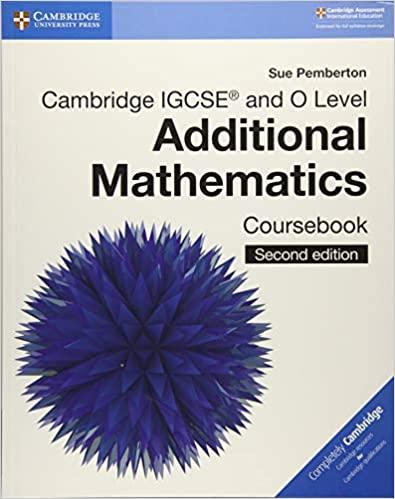Question
3.4.1 Calculate probabilities for events that are mutually exclusive and not mutually exclusive for a given contingency table. 3.4.2 Calculate probabilities for independent events for
3.4.1 Calculate probabilities for events that are mutually exclusive and not mutually exclusive for a given contingency table.
3.4.2 Calculate probabilities for independent events for a given contingency table.
3.4.3 Calculate conditional probabilities for a given contingency table.
3.4.3 Determine if two events are independent for a given contingency table.
Determining Independence
Racial profiling by police has been a major concern in many parts of the United States in recent years. In this assignment, you will use data summarized from the Stop, Question, and Frisk database from the New York City Police Department for the year 2020. You will be calculating various probabilities and determining if being frisked (passing hands over someone in a search for hidden weapons, drugs, or other items) is independent of race. To access the full data set, go tot NYPD Data 2020 or https://www1.nyc.gov/site/nypd/stats/reports-analysis/stopfrisk.page.
The following probability rules may be helpful for this assignment.
If A and B are independent, P(A|B) = P(A) and P(B|A) = P(B)
The multiplication rule for independent events: P(A AND B) = P(A)P(B)
The addition rule: P(A OR B) = P(A) + P(B) - P(A AND B)
The table below shows the race of various police department encounters and if the person was frisked or not.
Step by Step Solution
There are 3 Steps involved in it
Step: 1

Get Instant Access to Expert-Tailored Solutions
See step-by-step solutions with expert insights and AI powered tools for academic success
Step: 2

Step: 3

Ace Your Homework with AI
Get the answers you need in no time with our AI-driven, step-by-step assistance
Get Started


